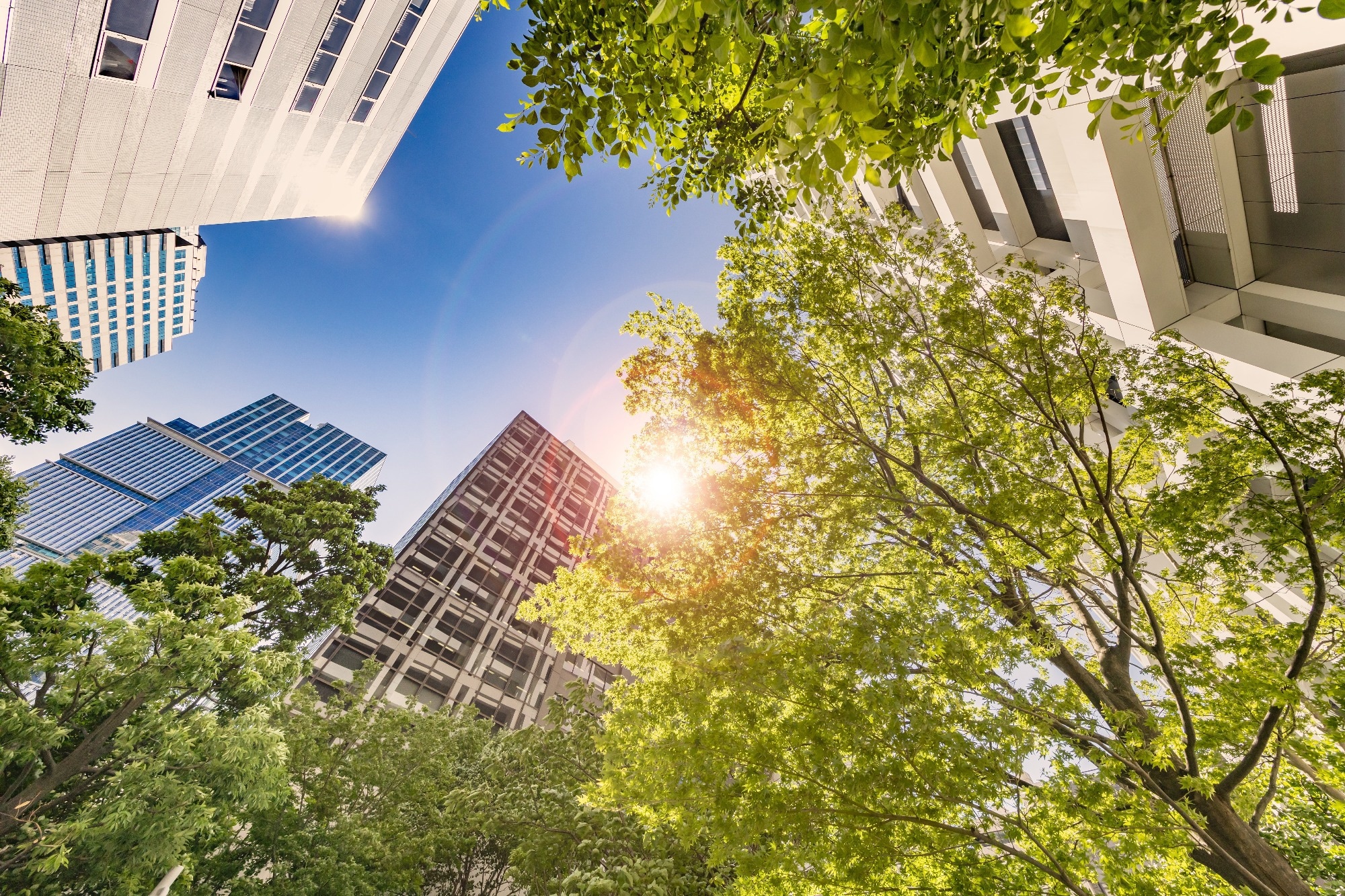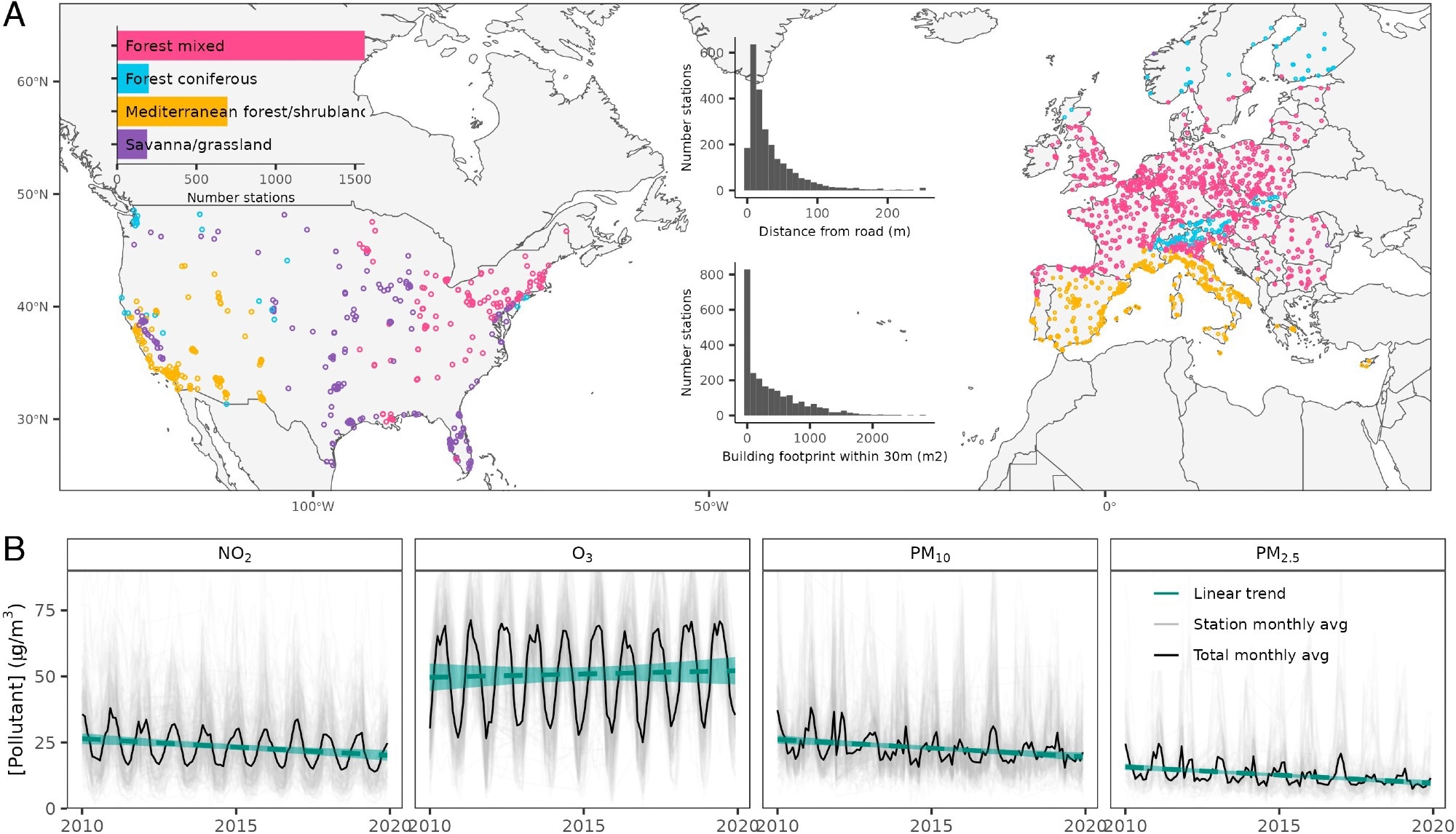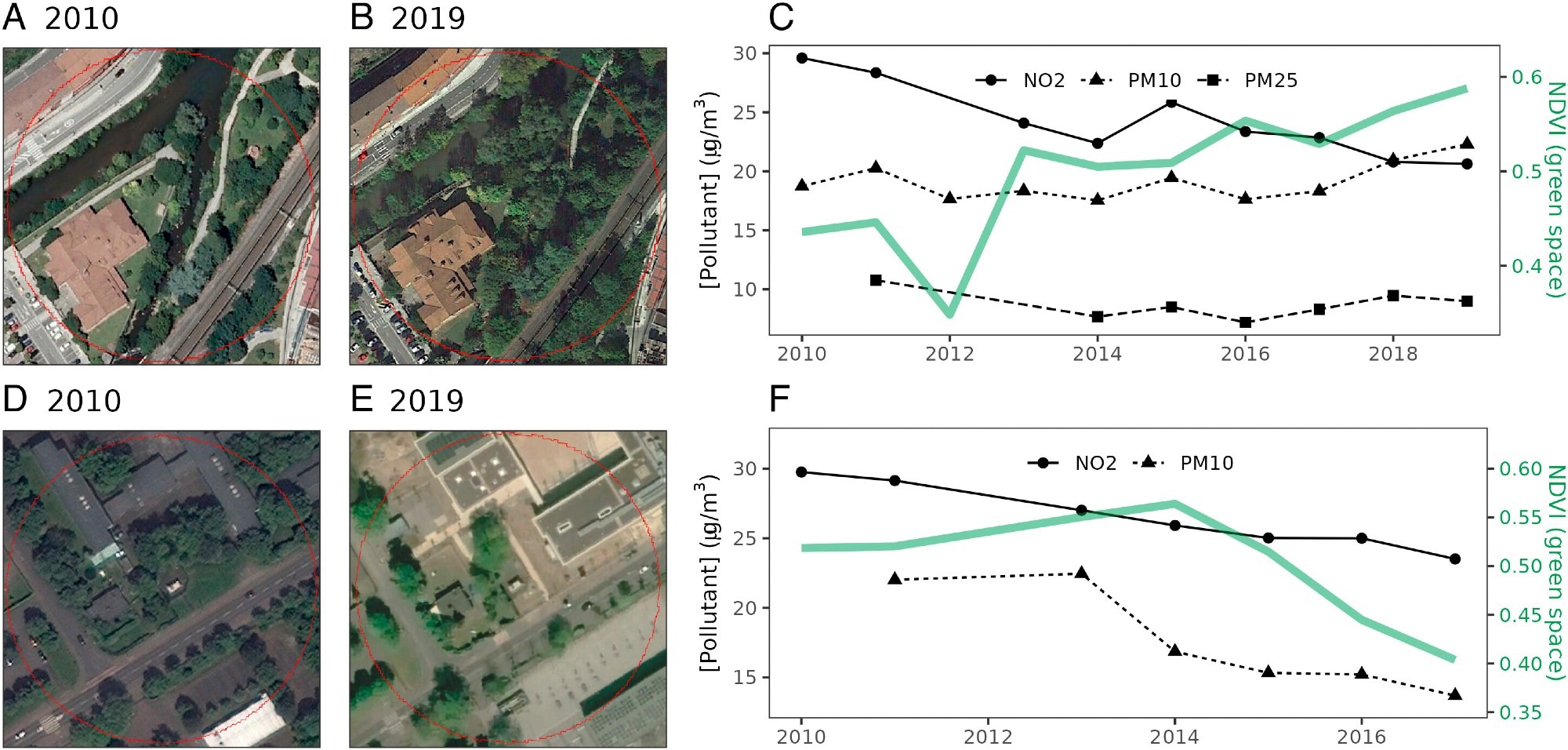A study published in the journal PNAS claims that urban green space has only a moderate effect on air pollution control and that street-level vegetation can actually increase air pollution by restricting ventilation.
 Study: Reassessing the role of urban green space in air pollution control. Image Credit: taka1022 / Shutterstock
Study: Reassessing the role of urban green space in air pollution control. Image Credit: taka1022 / Shutterstock
Background
Air pollution is a leading cause of respiratory diseases and premature death globally. Among various air pollutants, small-diameter (2.5 µm) particulate matter (PM) is estimated to cause approximately ten million excess deaths worldwide. The World Health Organization (WHO) considers air pollution as the most significant environmental threat to human health.
About 70% of all health complications arising from air pollution can be attributed to greenhouse gases emitted by human activities (anthropogenic emissions). Major strategies that have been taken into consideration for reducing anthropogenic emissions include cleaner energy production, efficient discharging of industrial smoke, reduced dependency on fossil fuel vehicles, and sustainable agriculture practices.
The literature has given immense attention to the utilization of vegetation as a passive abatement method for outdoor air pollution and the installation of physical-chemical filters as an active abatement method for indoor air pollution.
In this study, scientists have investigated the effect of urban green space on ambient air pollution.
Study design
The scientists utilized 2,615 air quality monitoring stations over Europe and the United States to derive annual concentrations of major air pollutants (NO2, PM10, PM2.5, and O3) between 2010 and 2019. They determined the changes in urban green space around each air quality station using moderate-resolution satellite data and very high-resolution aerial imagery.
They conducted a series of appropriate statistical analyses to determine the association between urban green space and air quality after adjusting for changes in anthropogenic emissions and climate.
Important observations
Air quality station-derived data showed a decline in NO2 (nitrogen dioxide), PM10, and PM2.5 between 2010 and 2019, which was relatively consistent across the United States and Europe. In contrast, an induction in O3 concentration in the ambient air was observed during the same period. Overall, these observations indicate that recent strategies to reduce anthropogenic emissions might be useful in controlling air pollution.
 Distribution of the air quality–monitoring stations across biomes in Europe (n = 2,127) and the United States (n = 488) (A). Inset histograms show the proximity of stations to roads and the building footprint within 30 m. Air pollutant time series along with linear trends are shown in (B).
Distribution of the air quality–monitoring stations across biomes in Europe (n = 2,127) and the United States (n = 488) (A). Inset histograms show the proximity of stations to roads and the building footprint within 30 m. Air pollutant time series along with linear trends are shown in (B).
Considering biome-specific vegetation types, the study found that stations situated within the forest biome exhibit the highest decline in air pollutants, especially PM, compared to those situated in the Mediterranean shrubland and savanna/grassland biomes. This might be due to higher pollutant deposition and dispersion capacity of forest vegetation than Mediterranean shrubland. Another possibility could be that dry environments in Mediterranean shrublands may facilitate long-range aerosol transport of dust and smoke.
The study further analyzed how changes in total urban green space and tree cover can impact air quality at the street, borough, and city levels. The analysis revealed a weak and highly variable effect of green space changes on air pollution, particularly at the street level. This could be because of the fact that planting vegetation, especially tall vegetation, near emission sources, such as across streets, can reduce microscale ventilation and subsequently increase the concentrations of pollutants in the air.
Considering the changes in tree cover, the analysis revealed a negative association with air pollution at both the borough level and city level. This association was particularly evident for O3 and PM. Overall, the study found that an induction in tree cover has a significantly higher effect in reducing air pollution than total green space augmentation.
Furthermore, the study found that the effect of urban green space on air quality was negligible in magnitude than climatic drivers, including wind speed, precipitation, and humidity. These climatic drivers showed a negative association with all types of air pollutants except for O3.
 Example of an extreme increase (A−C) and decrease (D−F) in green space within a 60-m buffer (street-level) of two air quality–monitoring stations. Aerial photographs from Google Earth Pro shown for reference.
Example of an extreme increase (A−C) and decrease (D−F) in green space within a 60-m buffer (street-level) of two air quality–monitoring stations. Aerial photographs from Google Earth Pro shown for reference.
Study significance
The study finds that urban green space is not always a good strategy to improve air quality and reduce air pollution. According to the findings, the effect of green space on air quality can widely vary depending on the type of green space (total green space vs. tree cover), spatial scale (street-level versus borough-level versus city-level), and biome (forest versus Mediterranean shrubland).
One interesting finding of the study is that increased vegetation along roadsides can actually increase air pollution by restricting the ventilation of vehicle-emitted pollutants. The aerodynamic effects of green space can be effective in channeling pollutants away from pedestrians. However, in areas with unfavorable aerodynamic conditions, the pollutant dispersion effect of green space can overshadow its pollutant deposition effect.